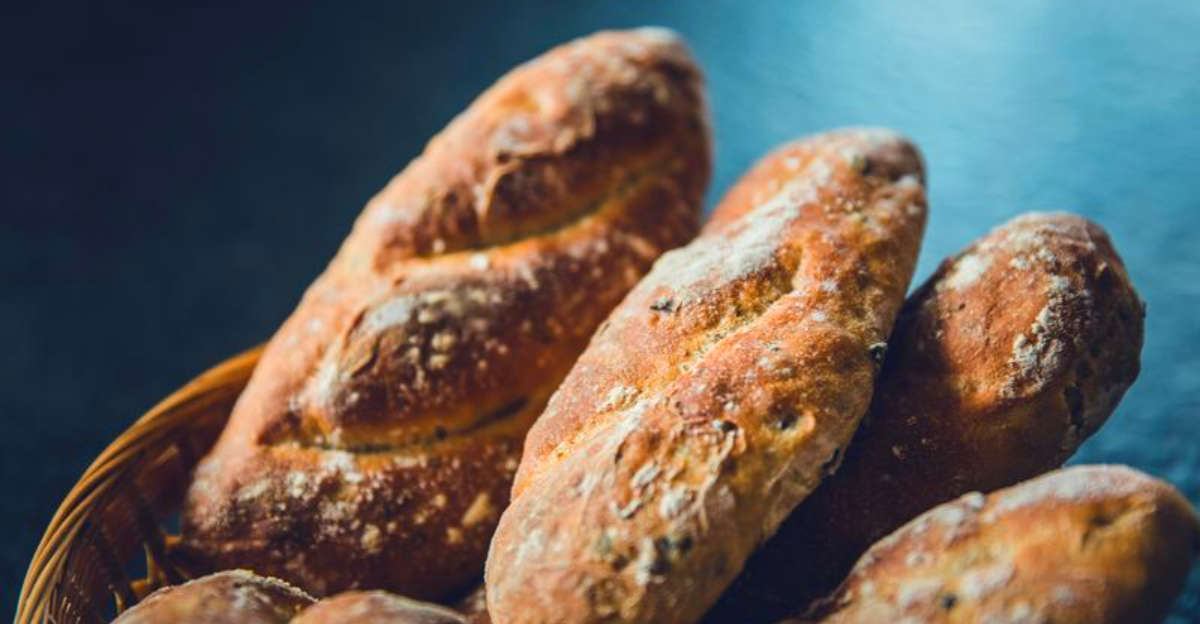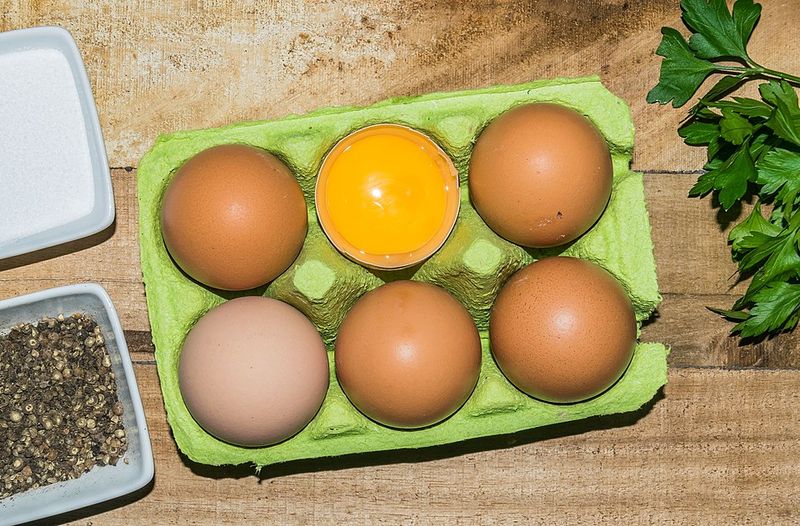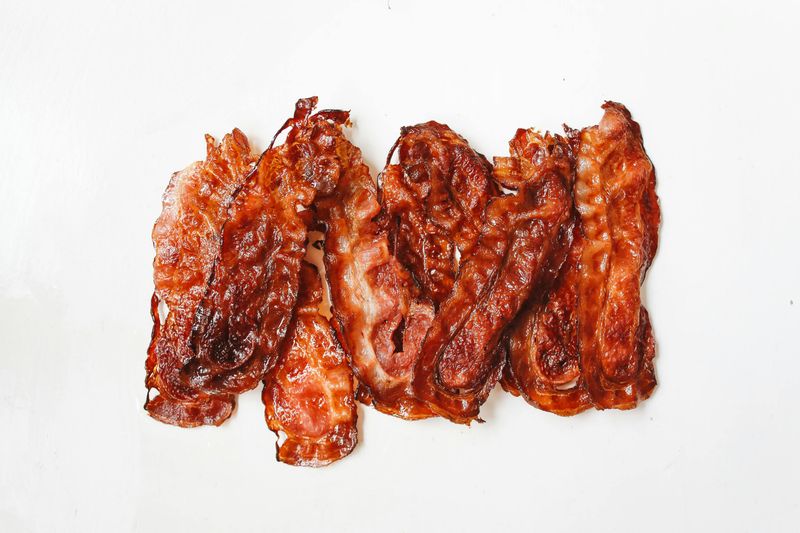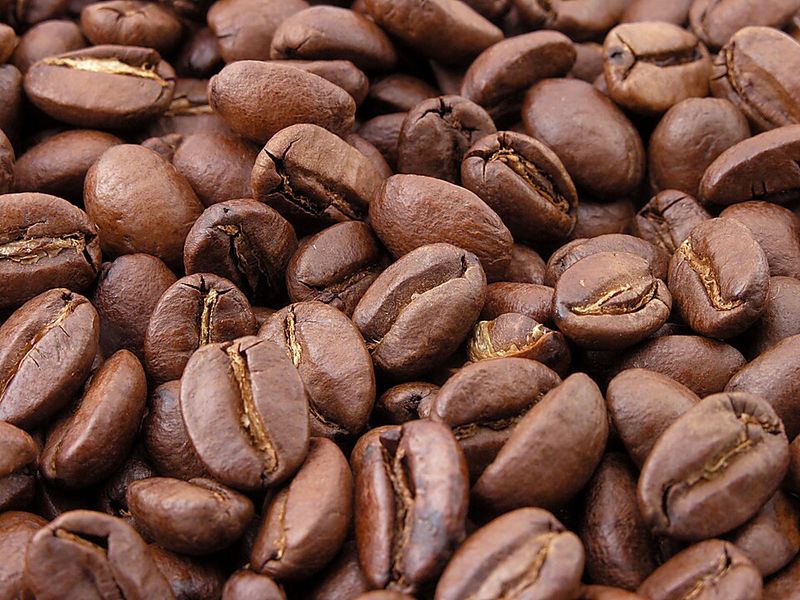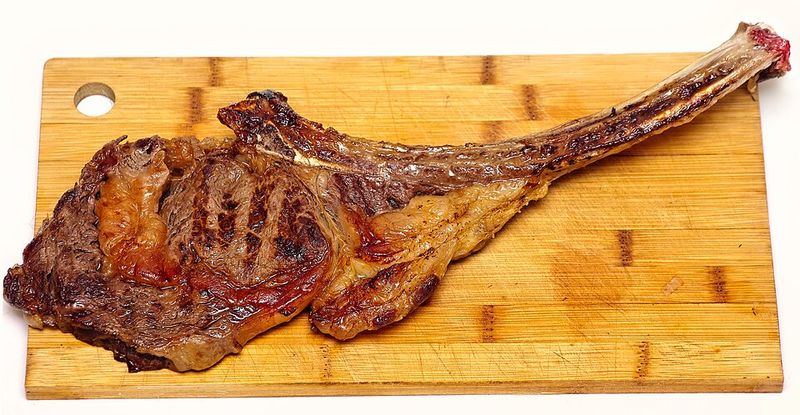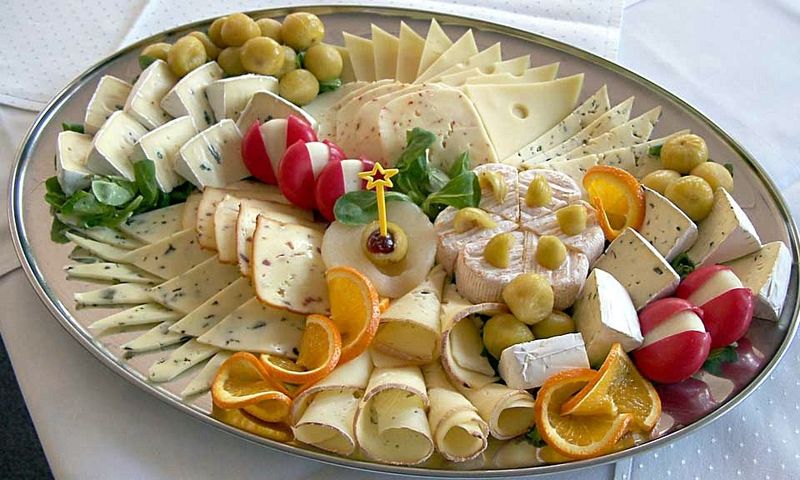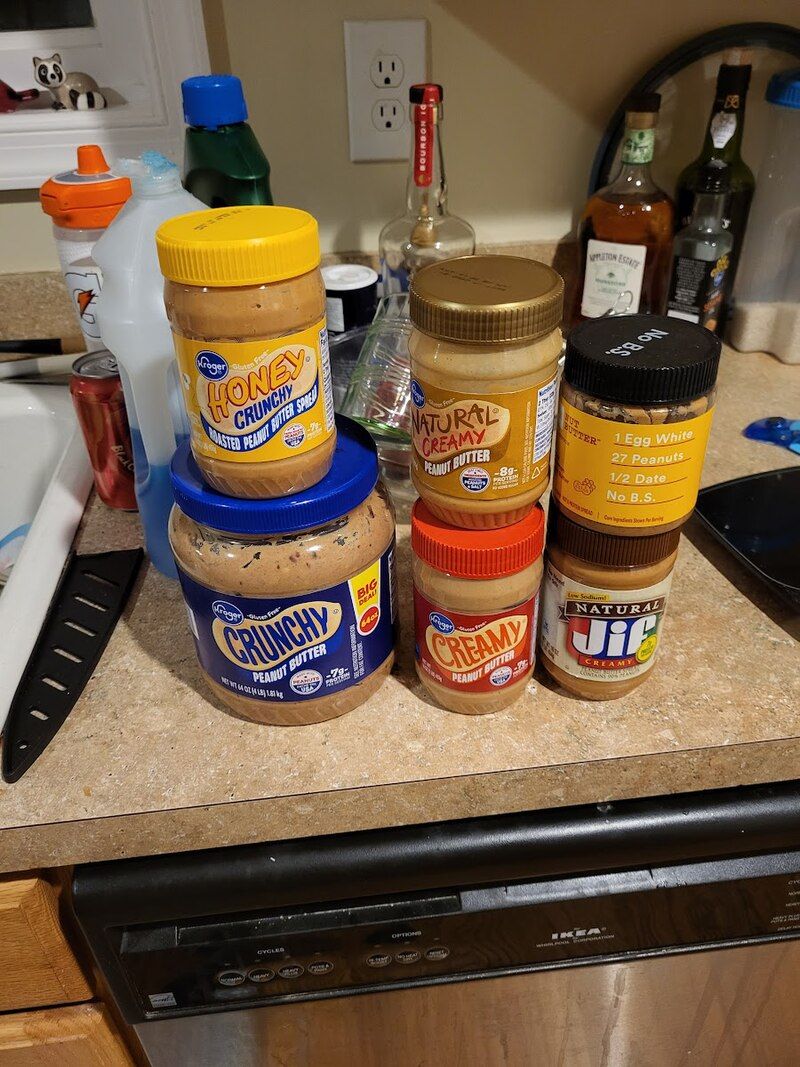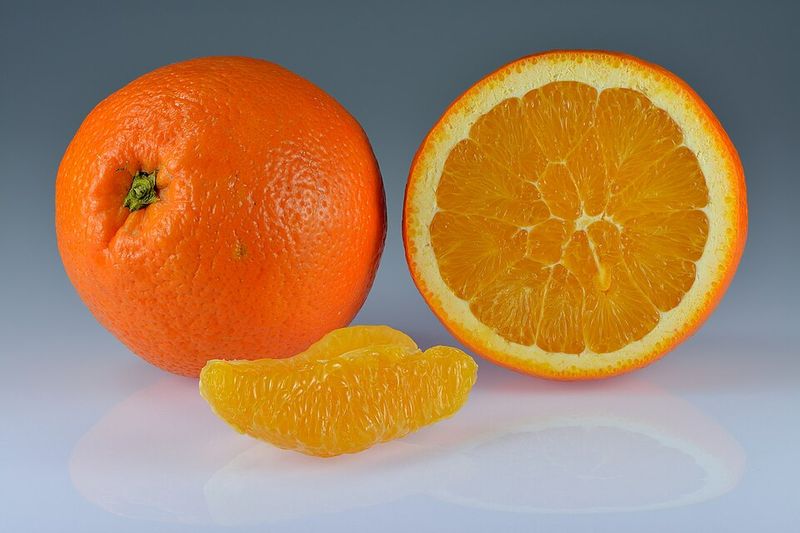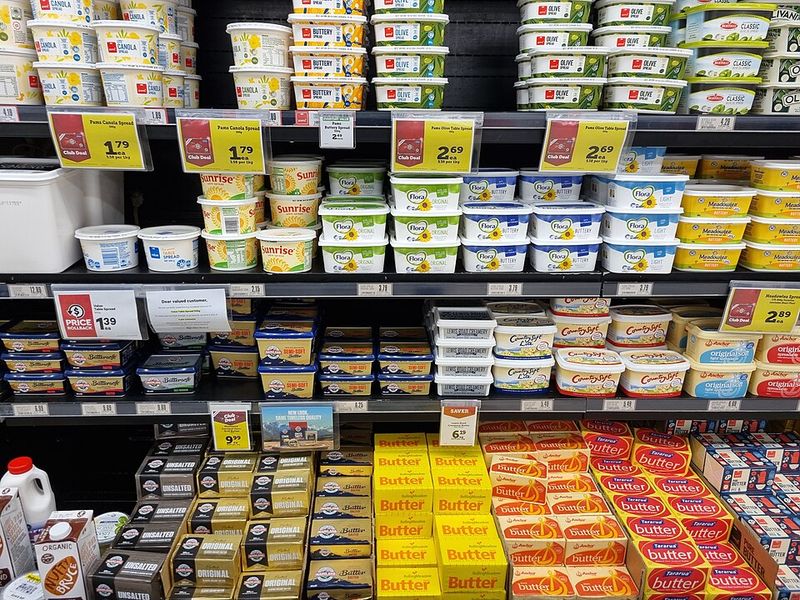Once upon a time, a trip to the grocery store didn’t require mental math or a second mortgage. For Baby Boomers, the postwar decades were marked by affordable staples, predictable prices, and the occasional splurge that didn’t break the bank. But fast-forward to today, and those same everyday foods have turned into budget busters. From bacon to bread, here are 18 foods Boomers remember buying for pocket change – now costing a small fortune.
1. Eggs
In the 1950s and ’60s, eggs were among the cheapest sources of protein, often costing under 50 cents per dozen. They graced every breakfast table and were integral in recipes, from Sunday pancakes to meatloaf. Today, egg prices have surged due to supply chain issues and avian flu outbreaks.
A dozen eggs, especially organic or free-range, can now exceed $6 in many areas. Boomers are startled by how this simple staple has become a grocery store luxury. Once a humble ingredient, eggs now require shoppers to think twice before purchasing multiple cartons. Their transformation is a stark reminder of modern inflation’s impact on basic foods.
2. Bacon
Bacon used to be a humble afterthought – a cheap pork cut sold for less than a dollar a pound in the 1960s. Its sizzling aroma filled kitchens on lazy weekend mornings. Fast-forward, and bacon has become a high-priced item. With rising pork and fuel costs, a pound can now run $7–$9.
Specialty varieties like thick-cut or maple-smoked command steeper prices. Once a breakfast staple, bacon now feels like an indulgence. For Boomers, it’s ironic that what was once dismissed as greasy and cheap has become a costly treat. This transformation highlights changing perceptions and the impact of market dynamics.
3. Coffee
For Boomers, coffee wasn’t a lifestyle; it was a simple morning ritual. Diners offered cups for a dime, and ground coffee tins rarely cost more than a dollar. Today, coffee culture has exploded. Global demand, climate challenges, and transport costs push a pound of beans over $10.
Even home brewing isn’t cheap – coffee pods and specialty blends have upped the ante. Café lattes can hit $5 a cup, showing how prices and the experience have evolved. For Boomers, this shift is not just about costs but a change in what was once an everyday comfort.
4. Steak
In the 1970s, steak was a family celebration centerpiece – surprisingly affordable at around $1.50 per pound. Families enjoyed steak nights without guilt. With inflation and supply shortages, that same cut now exceeds $20 per pound. Premium cuts like ribeye reach $30 or more.
Even budget options like flank steak aren’t the bargains they used to be. For Boomers, who viewed steak as a working-class indulgence, current prices seem surreal. What once symbolized prosperity now highlights grocery landscape changes and diminished dollar power. Steak’s price rise is a sign of changing times.
5. Milk
There was a time when a milkman’s delivery cost less than 50 cents a gallon. Milk was a family essential, used in cereal, recipes, and sipped ice-cold. Modern dairy farming costs more, leading to a gallon averaging $4 now.
Organic or specialty milk may reach $8, and plant-based alternatives aren’t much cheaper. Boomers remember when milk wasn’t an affordability question. Today, it’s another staple significantly impacting budgets. This increase highlights how basic grocery items have become more costly, reflecting broader economic challenges and changing consumer expectations.
6. Cereal
Cereal ads in the ’70s made breakfast fun and cheap. A box of Corn Flakes or Cheerios rarely exceeded 75 cents, often including a free toy. Today, that bowl of nostalgia is pricey. Brand-name cereals now average $5–$7 per box.
Higher grain and sugar costs, combined with “shrinkflation,” mean you’re paying more for less. Boomers find themselves surprised in the grocery aisle, realizing even simple pleasures aren’t simple anymore. Cereal’s evolution from budget-friendly to premium-priced reflects broader trends affecting food pricing and consumer choices.
7. Cheese
In mid-century America, cheese was a comforting bargain. A pound of cheddar cost less than a dollar. Today, prices have risen due to dairy costs and demand for quality. A block of sharp cheddar can reach $8–$10.
Imported varieties exceed $20 per pound, and shredded cheese costs more than a few years ago. For Boomers, cheese went from a lunchbox filler to a high-end item. This reflects how everyday ingredients have drifted into indulgence territory. Cheese’s shift mirrors broader market forces and changing consumer preferences.
8. Potatoes
The potato was once a symbol of affordable nourishment. In the 1950s, a 10-pound bag cost under a dollar. Families enjoyed potatoes mashed, baked, or fried across meals. These days, rising fuel and transportation costs have increased prices.
A 5-pound bag can run $5–$7, and even restaurant fries are more expensive. For Boomers, it’s surprising that a food once considered “dirt cheap” now requires a second look at checkout. Potatoes’ price increase reflects the broader grocery game changes and economic pressures.
9. Bread
Bread is one of humanity’s oldest staples, and for Boomers, it was consistently cheap and simple. In the 1960s, a loaf of white bread cost about 20 cents. Today, the same loaf costs $3 or more, with “artisanal” varieties hitting $7–$8.
Rising wheat prices and supply chain costs have driven bread’s transformation from a necessity to a significant expense. Store-brand bread also isn’t immune to inflation. For Boomers, this shift is a clear sign that the old grocery world has changed. Bread’s journey reflects broader economic trends impacting everyday life.
10. Chicken
Chicken was once the go-to protein for stretching a dollar. In the 1970s, whole chickens sold for under 50 cents a pound. But those days are gone. Modern prices have soared due to feed and supply issues.
A pound of boneless chicken breasts can reach $5–$6. Even rotisserie chickens now cost double what they did a decade ago. Boomers who grew up with “it tastes like chicken” realize it now costs like steak. Chicken’s evolution highlights changing food economics and consumer expectations.
11. Ground Beef
Ground beef was once the king of affordability. In the 1960s, it cost around 60 cents a pound, perfect for weekly meatloaf or hamburgers. Today, prices hover around $6 a pound, with leaner blends costing more.
Fuel and processing costs have spiked, making hamburgers a relative luxury. Boomers who remember budget-friendly barbecues feel the price tag is surreal. Many opt for alternatives, but the nostalgia of a beef burger still stings. Ground beef’s rise illustrates broader economic shifts and changing dietary habits.
12. Peanut Butter
Peanut butter was the lunchbox hero. In the ’60s, a jar cost under 40 cents, perfect for countless PB&Js. Today, prices have tripled due to droughts and transport costs.
Jars range from $5–$7, and even generic brands aren’t the bargains they once were. For Boomers, peanut butter is more than rising bills; it’s a taste of simpler times. This nostalgic comfort food now feels like a pricey indulgence. Its journey from affordable staple to costly treat underscores broader economic pressures.
13. Ice Cream
For Boomers, ice cream was the ultimate treat. A pint cost under 50 cents, and families enjoyed Neapolitan or vanilla bowls together. Today, even basic brands cost $5–$6 per pint.
Premium options reach $8 or more, with rising dairy and packaging costs contributing. Store-brand tubs have also crept up in price. What was once inexpensive joy now feels bittersweet. Ice cream’s transformation from affordable to luxury reflects broader market trends and the changing nature of indulgence.
14. Oranges
In the 1950s and ’60s, oranges were cheap and a winter favorite. A bag often cost under a dollar. Today, weather extremes and crop diseases have driven prices up.
Individual oranges can sell for $1 each, with juice prices following suit. Boomers who enjoyed orange slices or fresh juice are surprised by this shift. Once a common fruit, oranges are now a small luxury. The change highlights broader agricultural challenges and evolving consumer expectations.
15. Canned Soup
Canned soup defined mid-century convenience. In the 1960s, Campbell’s cost less than 15 cents a can. Today, those same cans approach $2, with premiums for “healthy” varieties.
Rising metal and packaging costs have pushed prices higher. Boomers remember tomato soup with grilled cheese as comforting and cheap. Now, it’s an expensive taste of the past. Canned soup’s price rise underscores changing production costs and the impact on everyday convenience foods.
16. Butter
Butter used to be measured in sticks, not dollars. In the 1960s, a pound cost about 70 cents. Today, prices are $5–$7 per pound, especially for organic types.
Dairy and labor costs have boosted prices. Even margarine isn’t the steal it once was. For Boomers, who used butter liberally, the price feels wrong. Butter’s journey from pantry staple to careful budget item reflects broader economic changes and evolving consumer habits.
17. Fish
Seafood was once affordable. Canned tuna sold for 25 cents, and fresh fillets weren’t much more. Today, overfishing and regulations mean a can of tuna costs over $2.
Fresh salmon or cod can be $15–$25 per pound. Even frozen fish sticks are pricier. Boomers who saw seafood as regular meals now view it as occasional splurges. Fish’s price rise highlights environmental and market changes affecting access to once-common foods.
18. Apples
In the mid-20th century, apples were the go-to snack – affordable and everywhere. A pound cost 10 to 15 cents. Today, apples are up to $3–$4 per pound.
Weather issues and shipping costs have contributed to this rise. For Boomers, it’s surprising that something basic became expensive. The phrase “an apple a day” now highlights changing times. Apples’ journey reflects broader economic and agricultural challenges.
